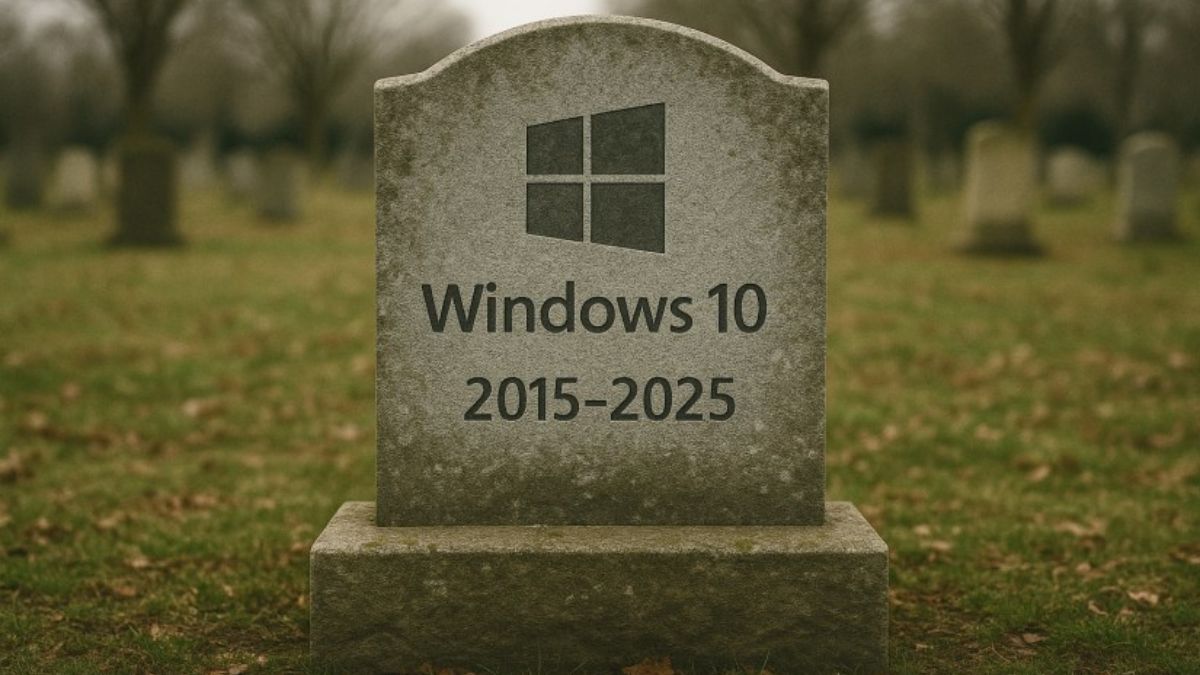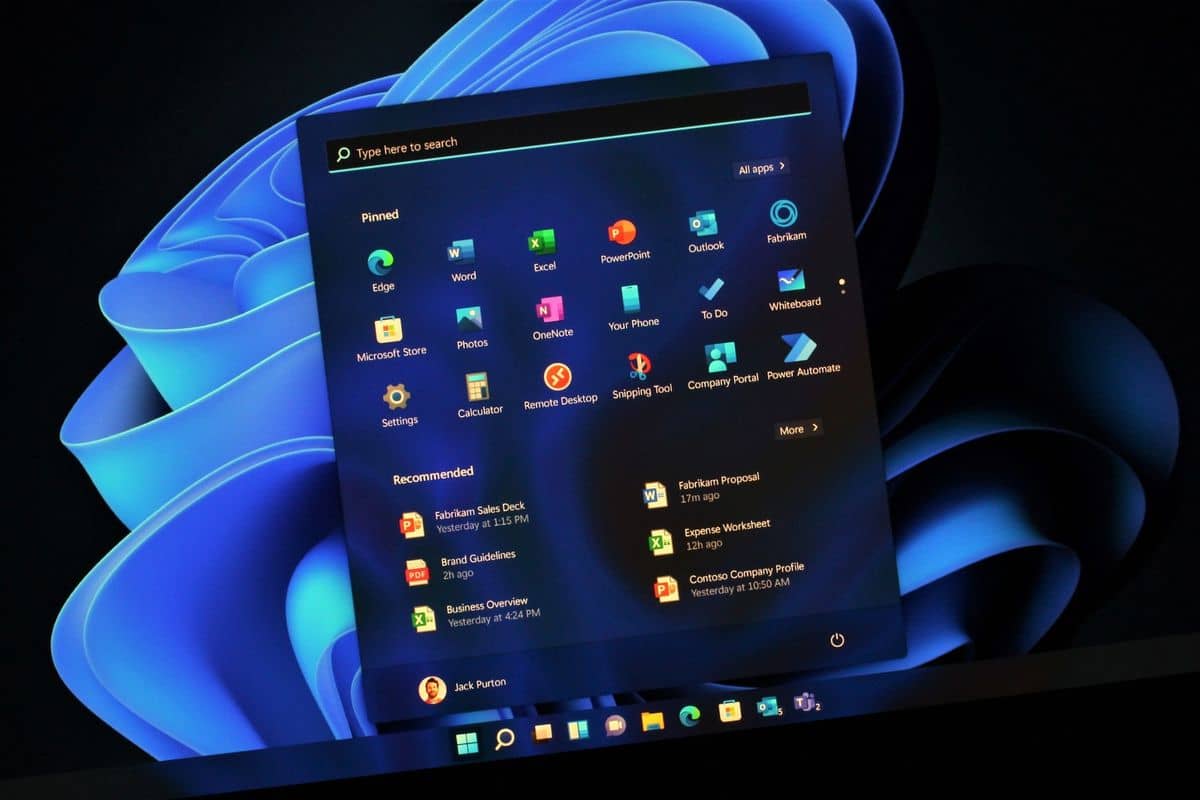Microsoft has officially ended free security updates and technical support for Windows 10 as of October 14, 2025. The operating system, launched in 2015, still runs on about 40% of Windows PCs worldwide. Without updates, these devices are at greater risk of malware, ransomware, and other cyber threats.
A Microsoft spokesperson said:
“This is a significant shift for the hundreds of millions still relying on Windows 10. We urge users to upgrade to Windows 11 for the best security and performance.”
Upgrade Options
Upgrading to Windows 11 is free for compatible devices but requires TPM 2.0 and a supported processor. Many older PCs, especially those made before 2018, cannot upgrade without new hardware.
For users remaining on Windows 10, Microsoft offers the Extended Security Updates (ESU) program. Consumers pay $30 for the first year, while businesses pay $61 per device. ESU provides critical security patches for a limited time.
Alternative Operating Systems
Free Linux distributions, including Ubuntu, Linux Mint, and Fedora, have gained popularity among users seeking ongoing security updates.
Gamers have temporary support from NVIDIA and AMD, which will provide drivers for Windows 10 until mid-2026, but long-term compatibility with future games is uncertain.
What Users Should Do
Microsoft advises checking PC eligibility with the PC Health Check tool and backing up important data before upgrading or switching systems. ESU or Linux can serve as temporary solutions, but experts recommend planning a full upgrade within the next year.
The end of Windows 10 marks the close of a decade-long era and highlights the pace of technological change.













